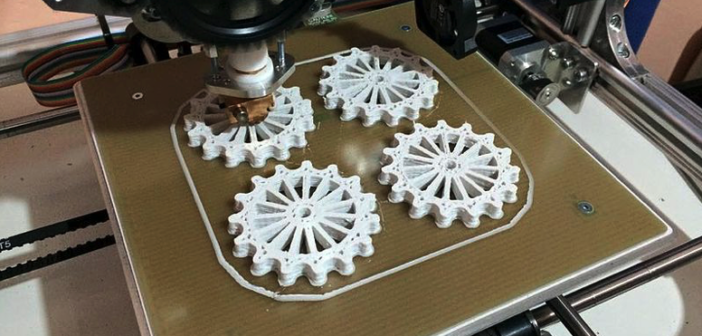[tribulant_slideshow gallery_id="99"] |
“We’re scientists!” my high school art teacher would say when he taught the chemical formula for clay.
It’s no secret that science impacts art. From innovations like plastic tubes to preserve paint, to printing presses, to computers capable of sound mixing and animation, scientific advancements continue to give artists of all mediums more options and better tools.
Scientific knowledge also helps artists integrate an understanding of natural sciences to better their work.
“Leonardo da Vinci, painter and draftsman of the High Renaissance, is best known as an artist whose works were informed by scientific investigation. Leonardo observed the world closely, studying physiology and anatomy in order to create convincing images of the human form. He believed that the moral and ethical meanings of his narrative paintings would emerge only through the accurate representation of human gesture and expression,” said Robert Eskridge of the Art Institute of Chicago.
Science as a way to understand the physical world helps artists understand their subjects and manipulate their media. Art as a creative process and mode of expression and communication influences how people learn about science and integrates scientific investigations as well.
Art and science are interdependent and one cannot really be without the other. However, these two fields are often divided against each other. The arts are often brushed under the rug and considered impractical against the hard sciences.
Despite this tendency, many educators recognize the arts’ uses and practicality and argue to add art and design to STEM (Science, Technology, Engineering, and Mathematics), changing it to STEAM.
According to STEAM’s official website, “…innovation remains tightly coupled with Science, Technology, Engineering and Math – the STEM subjects. Art + Design are poised to transform our economy in the 21st century just as science and technology did in the last century.”
The STEAM movement, which was promoted by the Rhode Island School of Design, seeks to include art and design into “research policy” and education and to “influence employers to hire artists and designers to drive innovation,” according to STEAM’s official website.
Art can supplement STEM subjects in many ways. Visual diagrams of cells and anatomy help students visualize and understand information in biology textbooks. Technical drawings and manuals direct how to install and use equipment.
However, art is not only a way to supplement STEM education. Encouraging creativity and artistic thinking can improve the way people approach technical and scientific work.
“When an artist is painting, he is trying to solve a problem—how to express what is being felt. He experiments with colors, technique and images the same way a scientist or engineer experiments with energy and signals,” said former University of Houston student of educational psychology Jay Young. “There is more than one way information can be taught just like there is more than one way problems can be solved,” he continued.
“Young’s research focuses on how to incorporate creativity into STEM education with the implication that doing so will increase the quality of STEM graduates. He says STEM studies are about problem solving, and creative endeavors are exercises in problem solving,” said Marisa Ramirez on the University of Houston’s official website.
Artistic and scientific exploration cannot be completely divided or put into neat, little boxes.
Just as logical and technical innovation and understanding improve artistic possibilities, artistic creativity promotes innovative and creative problem solving that opens the doors to new possibilities that science and technology can explore.
As Albert Einstein said, “Imagination is more important than knowledge. For knowledge is limited to all we now know and understand, while imagination embraces the entire world, and all there ever will be to know and understand.”





